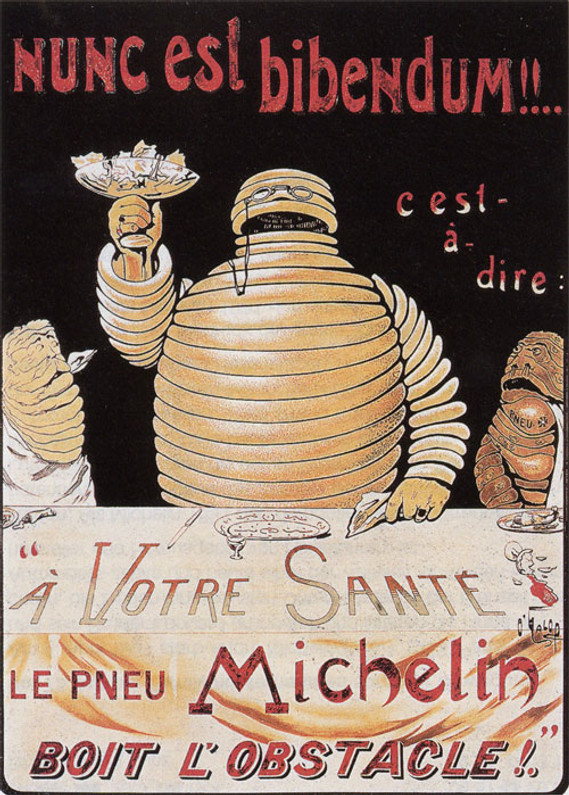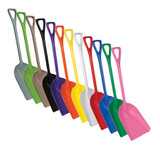The Origin of the Michelin Guide
From a little red guide book to an iconic standard in international fine dining, have you ever wondered how the Michelin Star restaurant rating got its start?
The History
It all began when French brothers André and Édouard Michelin founded Michelin Tire in 1889. With fewer than 3,000 cars on the road at the time, they were visionaries in the industry. In order to create demand and need for mobility (aka cars) and the subsequent need for tires, the first Michelin Guide was published in 1900. At the time, standard travel guides were pretty basic, focusing on major roads as opposed to landmarks or locations to get services, stay or eat. But, the Michelin Guide included maps, instructions for repairing and changing tires, and locations of mechanics and gas stations. The idea was to make drivers comfortable with driving further distances safely. But, the guide’s purpose was also to encourage exploring to put more mileage on the tires. So, a list of sites was added indicating restaurants and hotels along popular routes in France.
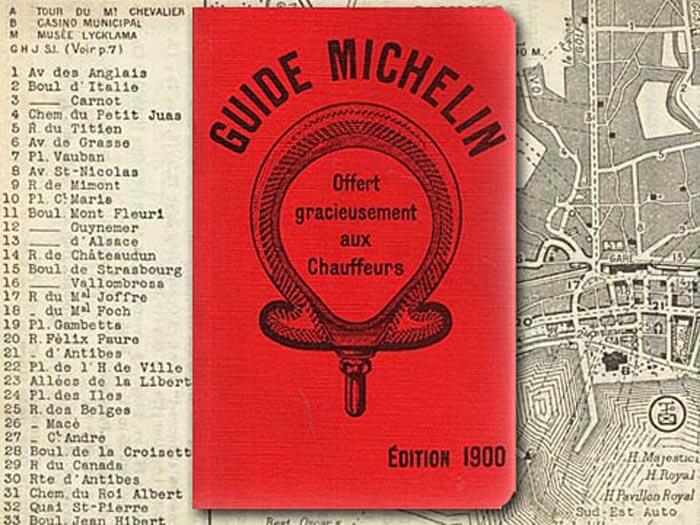
The Michelin Guide’s popularity grew quickly and reach expanded to the rest of Europe by WWI. After a halt in production due to the war, the guide was upgraded and relaunched in 1920. No ads and no longer free (André Michelin had seen the guide being use to prop up a tire shop workbench and decided that ‘man only truly respects what he pays for’), it was sold for 7 franc. Restaurants were newly categorized and the anonymous mystery diners were first recruited to review them. WWII resulted in another halt in production with the guide resuming in 1939 due to Allied Forces finding the maps useful. It wasn’t until 2005 that the guide started focusing on the United States, beginning with New York City. Today, Michelin star-rated restaurants can be found in US cities like New York, Chicago, Washington DC., Las Vegas, Los Angeles and San Francisco. And, of course, in cities around the world.
The Birth of the Michelin Man
The company's mascot was introduced in 1898. The inspiration was a pile of tires, which became the body of the Michelin Man. Rubber is naturally white and, at the time, automotive tires were white as well. His name, Bibendum, originates from the Latin ‘Nunc est bibendum’ (meaning ‘now is the time to drink’). It was intended to evoke the way Michelin tires would ‘drink up’ any obstacle in their way. It's interesting how the theme of drinking ties into brand's foray into fine dining.
Michelin Star Ratings
Michelin Star ratings started being awarded by the Michelin Guide in 1926. At that time, a single star simply denoted a special dining experience. In 1931, two and three stars were added, in addition to descriptions of all three designations:
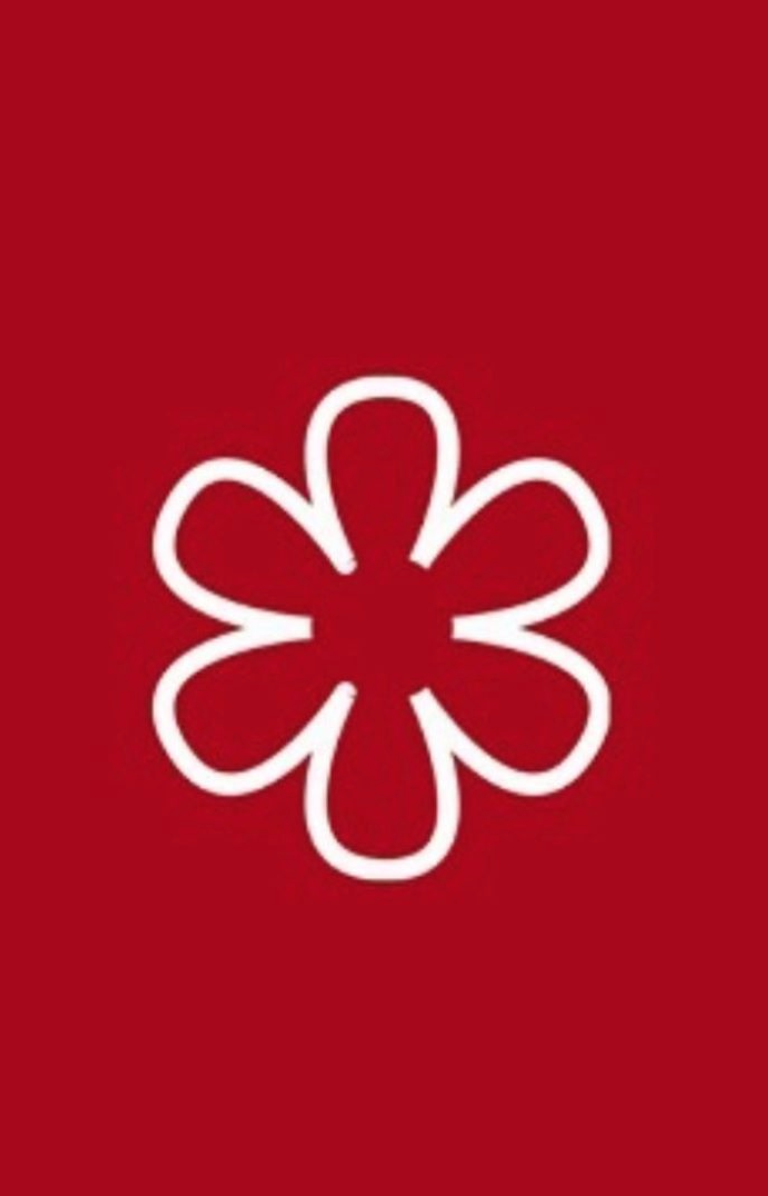
One star: High quality cooking, worth a stop.


Two stars: Excellent cooking, worth a detour.

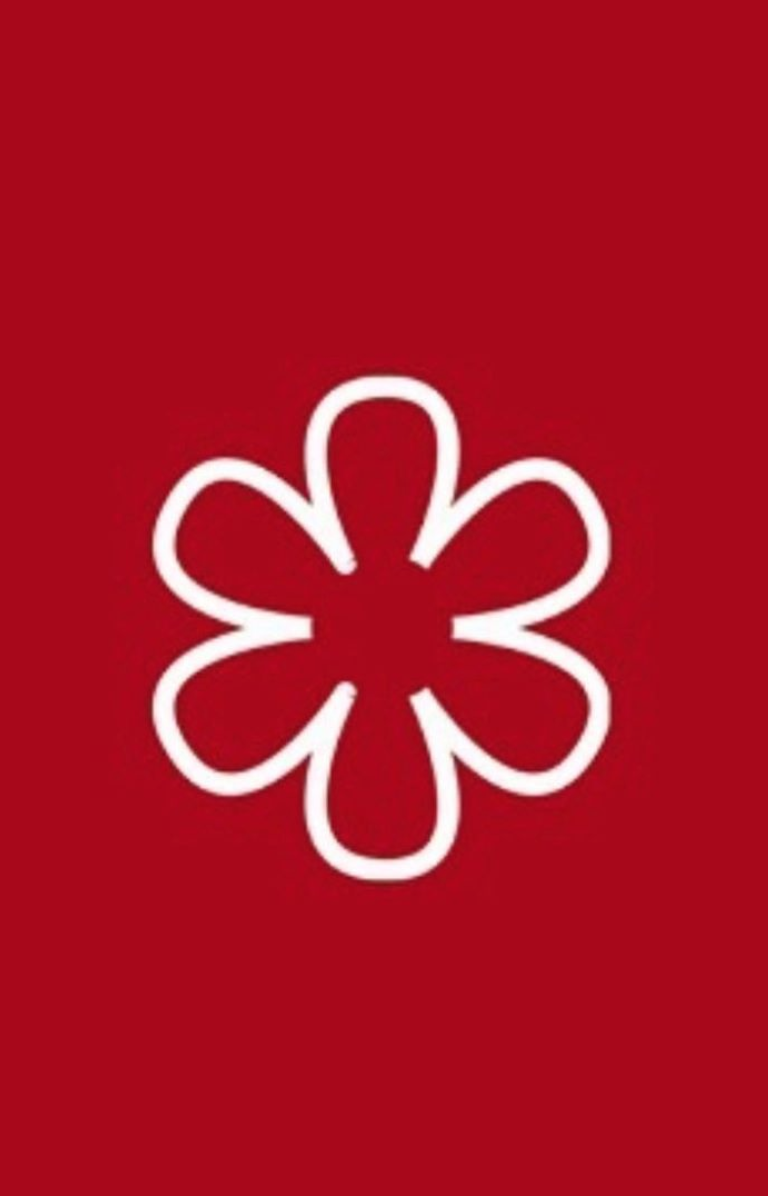

Three stars: Exceptional cuisine, worth a special journey.
Bib Gourmand
For those that want the world's best food without a dent in their travel budget, Michelin has a separate category: the Bib Gourmand. This category is named after Bibendum, the "Michelin Man" company mascot, and recognizes high-quality food served at moderate prices. Currently, that sits at about $40 for a three-course meal: starter, main course, and dessert. Just search the Michelin Guide’s Bib Gourmand category, and filter as needed. The map (found on the right side of the web page) will show you the nearest options. Clicking on search results will bring up the restaurant’s menu, hours, photo gallery, services (e.g., air conditioning, valet, and the type of tender accepted), as well as instructions for making a reservation.
Earning a Michelin Star
Michelin Stars are awarded annually. If selected for review, restaurants will be visited multiple times throughout the year by anonymous Michelin reviewers called inspectors. The completely anonymous nature of the visits is unique in the industry and lends to the credibility and authenticity of the ratings. The inspectors visit the restaurants several times in different seasons, during weekends and weekdays, and at both lunch and dinner time. The visits result in a detailed report based on the following criteria that is then reviewed and discussed:

Image credit: https://www.escoffier.edu/blog/world-food-drink/a-brief-history-of-the-michelin-guide/
Michelin’s Star ratings continue to be considered prestigious and highly revered in the culinary industry. What started as a marketing ploy has become a phenomenon. And, Michelin Star rated restaurants continue to inspire detours and journeys across the world. See about Michelin rated restaurants in your area -- https://guide.michelin.com/us/en.
********************************************************************************************************************************************************************************************************
Sources:
Michelin Guide History - Provence and Beyond.
The Michelin Guide: Over 100 Editions and a Century of History - via Michelin
https://guide.michelin.com/en/us/restaurants
https://guide.michelin.com/th/en/history-of-the-michelin-guide-th
https://guide.michelin.com/kr/en/article/features/history-michelin-guide
https://www.escoffier.edu/blog/world-food-drink/a-brief-history-of-the-michelin-guide/
https://www.tripsavvy.com/michelin-starred-restaurants-in-america-1329134
https://vegasfoodandfun.com/michelin-star-restaurants-las-vegas/
Recent Posts
-
The Origin of the Michelin Guide
From a little red guide book to an iconic standard in international fine dining, have you ever w …Mar 10, 2024 -
Make Color-Coding Your Resolution
Color-coding is a simple way to have a big impact on your facility’s food safety, sanitation and co …Jan 16, 2024 -
Why EPDM Transfer Hoses are a Great Choice for your Brewery
EPDM stands for ethylene propylene diene monomer. It’s a synthetic rubber that has quickly gained t …Jun 14, 2023

